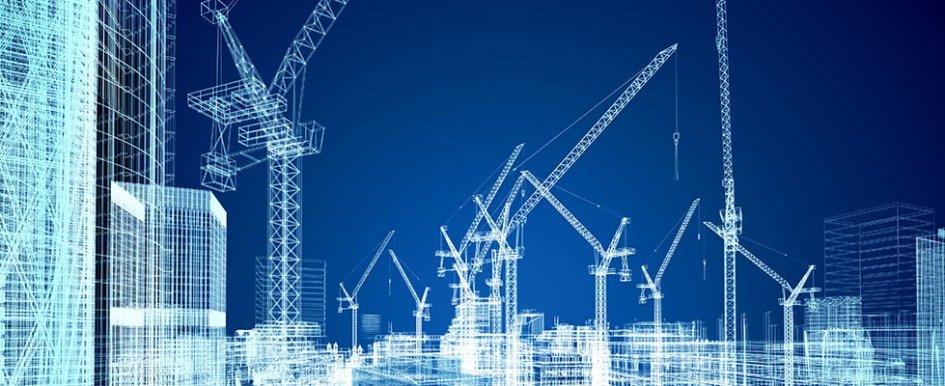
Technology and construction are converging to shape a future characterized by innovation, sustainability and efficiency. Cutting-edge technologies are being integrated into every stage of the construction process and revolutionizing the industry in several ways.
Specifically, as it relates to accounting, construction technology can be useful to identify ways to save and control costs. Ultimately, those who fail to embrace some of these emerging technologies will find themselves paying for cost overruns, project delays, liquidated damages and potentially higher insurance rates.
Cost Overruns
The hottest topic of 2023 was, by far, artificial intelligence (AI) and machine learning, which is showing no signs of slowing down. It is predicted that everyone will have to work in tandem with this technology or risk being left behind. In the construction industry, AI is optimizing project scheduling, resource allocation and risk assessment.
Machine learning algorithms analyze historical data to make predictions and improve decision-making, reducing costs and delays. For instance, it can sort through data related to project type, downtime averages, scope of work and delivery methods. This allows decades of data to be poured over to offer best-in-class strategies to complete projects or accurately estimate total project hours.
AI can also assist with strategic planning to optimize the use of resources, manage timelines and achieve overall better efficiency on jobs. All of this equates to higher profitability on jobs.
Project Delays & Liquidated Damages
The old adage “time is money” never rang truer than on a construction site. With completion dates set before a shovel is put in the ground and contractors agreeing to liquidated damages clauses, technology will be vital to keeping projects on schedule and reducing costly penalties. Building information modeling (BIM) is central to modern construction, enabling the creation of digital representations of buildings. It facilitates collaboration among architects, engineers and contractors, enhancing efficiency and accuracy in design and project management upfront to avoid costly delays later.
Blockchain technology, also known as distributed ledger technology, is a decentralized database that maintains a continuously growing list of records called “blocks” secured from tampering and revision without the need for central authority. Blockchain provides immutability, speed and security, which creates the ideal platform for tracking and protecting high-value assets and critical data. This can assist in the secure and transparent management of construction contracts, supply chains and payments, ultimately reducing disputes and fraud while keeping a project on track.
Further, the rollout of 5G is transforming communication and connectivity on construction sites. High-speed, low-latency networks support real-time collaboration, remote monitoring and data transfer for various applications. The speed and efficiency in the flow of information provided by these technologies will allow for more timely decisions in the field and at the finance level so that teams can collaborate to cut down on costly delays.
Insurance Costs
In 2020, the Occupational Safety and Health Administration reported over 4,000 worker deaths. When faced with the emotional toll of accidents, it can be hard to address and mitigate the financial and legal concerns connected with workplace safety. Using technology to assist will ultimately lead to fewer claims and, most importantly, a safer jobsite.
The Internet of Things (IoT) is used for real-time monitoring and control of construction equipment and structures. Smart sensors and devices collect data on equipment health, worker safety and environmental conditions, improving overall project management. GPS location data and geofencing can provide real-time enter/exit alerts or powered-on equipment alerts to mitigate liability for employees and the company when assets are used after hours or at incorrect locations.
Wearable technology such as smart helmets, vests and sensors can monitor workers’ vital signs, detect falls, track their locations or alert them to potential dangers while promoting proactive safety measures.
Robotics and automation are increasingly used for repetitive and dangerous tasks, enhancing efficiency and safety. Autonomous machinery is being employed for excavation, bricklaying and more. It will continue to transform the look of the modern jobsite. Removing dangerous tasks from human workers will ultimately provide for fewer claims and decrease the risk of serious injury.
The future of technology and construction is exciting, focusing on sustainable, efficient and digitally enabled practices. These innovations promise to reshape how buildings are designed, constructed and maintained, ultimately benefiting the industry and society.
